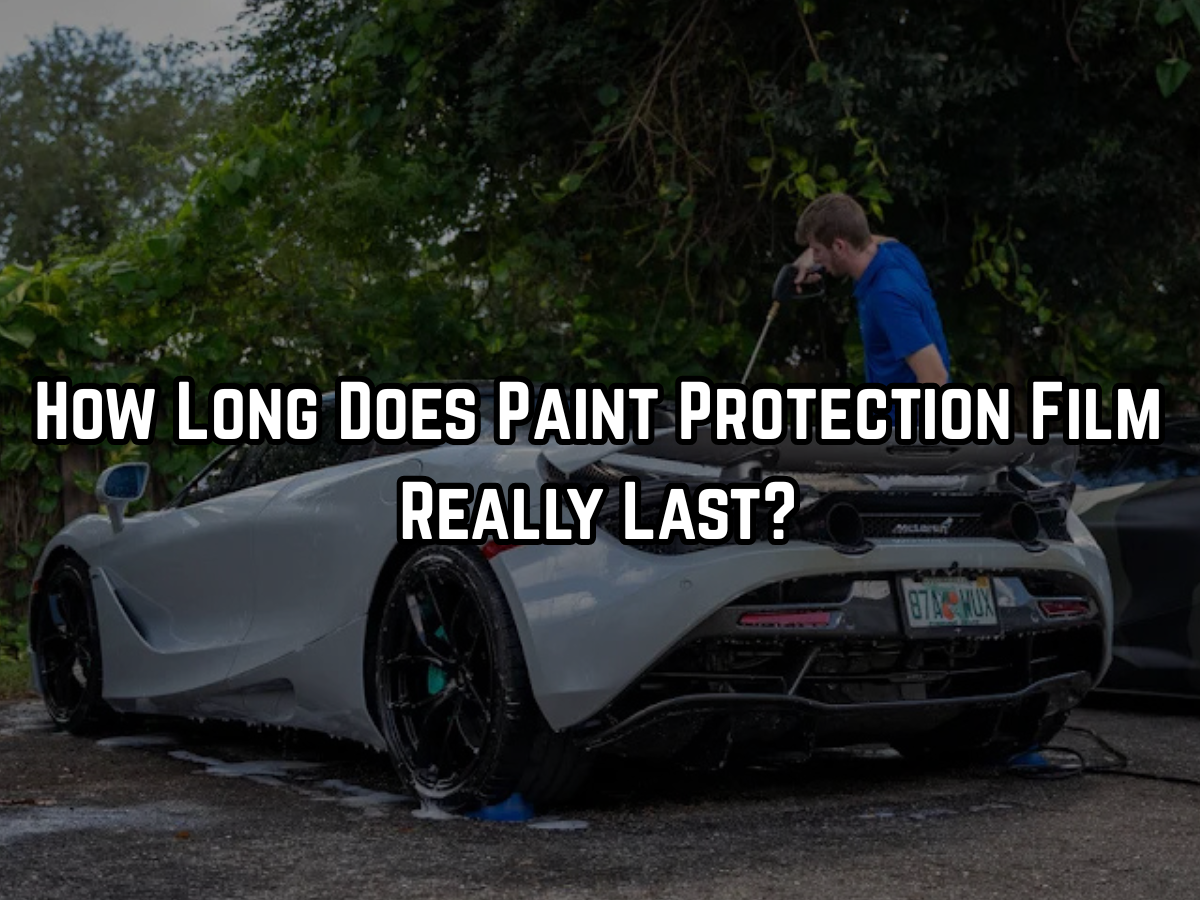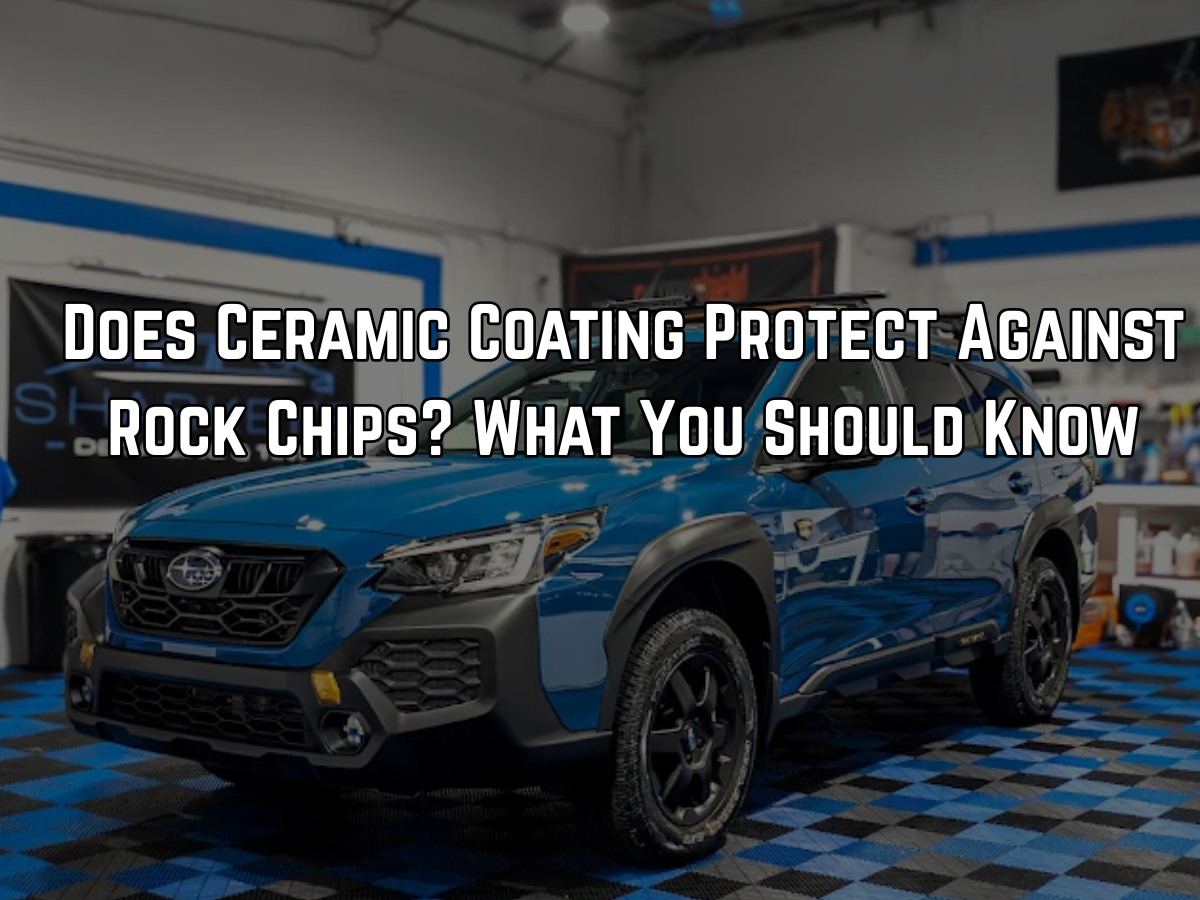What Does UV Protection Have to Do With Window Film?
UV radiation silently damages both your health and your vehicle every day, even when you're driving with windows up. Understanding how window film provides UV protection reveals why this upgrade is essential for your safety, comfort, and vehicle preservation.
Key Takeaways
- Quality window film blocks 99% or more of harmful UV rays, protecting both passengers and interiors
- Standard car windows allow significant UV penetration - up to 56% through side and rear glass
- UV exposure while driving contributes to skin cancer risk and premature aging
- Window film prevents interior fading, cracking, and heat damage, worth thousands in repairs
- Professional UV-blocking films maintain protection for years without degrading
The Hidden UV Threat in Vehicles
Why Standard Car Windows Aren't Enough
Many drivers assume their car windows provide adequate UV protection, but this belief can be dangerous. A study of 29 cars found a range from 4% to almost 56% of UVA passed through the side and rear windows, leaving passengers exposed to harmful radiation during daily commutes.
The Science Behind UV Penetration: A car's front windscreen blocks 98% of UVA radiation because it is made of two layers of laminated glass. But the side and rear car windows are made of tempered glass, which doesn't completely block UVA. This construction difference explains why professional drivers often show more sun damage on their left side - the side exposed through side windows during years of driving.
UV Radiation Types: Both UVA and UVB rays can cause sunburn and tanning, which damage the DNA in your skin cells and increase your risk for skin cancer. UVA rays penetrate deeper into the skin and are present throughout the day, while UVB rays cause immediate burning and are strongest during midday hours.
How Window Film Blocks UV Radiation
Professional-Grade UV Protection
To earn The Skin Cancer Foundation's Seal of Recommendation, UV window film must provide data to prove that the product blocks 99 percent or more of solar UVA and UVB. This level of protection transforms your vehicle into a safe environment for daily travel.
Film Technology for UV Blocking:
| Film Type | UV Protection | Additional Benefits |
|---|---|---|
| Ceramic Film | 99%+ UV blocking | Superior heat rejection, no signal interference |
| Carbon Film | 99% UV blocking | Good heat rejection, fade resistance |
| Crystalline Film | 99%+ UV blocking | Maximum clarity, premium performance |
| Standard Dyed Film | 95-99% UV blocking | Basic protection, entry-level option |
How UV Blocking Works: Window films contain specialized particles and compounds that absorb or reflect UV radiation before it enters your vehicle. These microscopic elements are embedded throughout the film, creating a consistent barrier that doesn't degrade with normal use.
Health Benefits of UV-Protected Windows
Skin Cancer Prevention
One in five Americans will develop skin cancer in their lifetime, making UV protection a critical health consideration. Daily commuting exposes drivers and passengers to significant UV radiation that accumulates over time.
Immediate Health Benefits:
- Reduced risk of sunburn during long drives
- Protection from UV-induced skin aging and wrinkles
- Lower risk of developing skin cancer from daily exposure
- Prevention of UV-related eye damage and cataracts
- Reduced heat stress and dehydration during travel
Long-term Health Impact: Cumulative and excessive exposure to UV radiation is the behavioral cause of skin cancers, skin damage, premature skin aging, and sun-related eye disorders. Window film provides consistent protection that helps prevent these health issues from developing over the years of driving.
Interior Protection and Value Preservation
Preventing Costly Interior Damage
UV radiation causes expensive damage to vehicle interiors, affecting everything from leather seats to dashboard electronics. UV radiation can damage your car's interior through multiple mechanisms that accumulate over time.
Common UV-Related Interior Damage:
- Leather seats are cracking, fading, and becoming brittle
- Dashboard warping and discoloration
- Fabric upholstery is fading and deteriorating
- Plastic trim pieces are becoming chalky or discolored
- Electronic components are suffering heat-related failures
Protection Mechanisms: Quality window film creates a barrier that prevents UV radiation from reaching interior surfaces. This protection maintains the original appearance and condition of premium materials, preserving both comfort and resale value.
Cost Comparison: The investment in professional window film typically costs significantly less than replacing a single damaged interior component. Leather seat replacement, dashboard repair, or electronic system fixes can cost thousands, making UV protection an economical preventive measure.
Types of UV Damage Window Film Prevents
Photodegradation Process
UV radiation breaks down molecular bonds in materials through a process called photodegradation. This invisible damage occurs gradually but creates permanent changes that can't be reversed.
Material-Specific Protection:
Leather and Vinyl: UV radiation causes these materials to dry out, crack, and fade. Protected interiors maintain their suppleness and original color for years longer than unprotected surfaces.
Plastics and Polymers: Dashboard materials, trim pieces, and electronic housings become brittle and discolored without UV protection. Window film prevents this degradation, maintaining structural integrity and appearance.
Fabrics and Carpeting: UV exposure causes fabric dyes to fade and fibers to weaken. Protected fabrics retain their original appearance and durability throughout the vehicle's lifetime.
Professional vs. Aftermarket UV Protection
Quality Differences Matter
All window film can provide a degree of UV protection, but many films are solely for design or darkening; look for films marketed specifically as "UV window film," "solar window film," "UV window tint," or "solar window tint".
Professional Installation Advantages:
- Access to certified UV-blocking films
- Proper application ensuring complete coverage
- Warranty protection for materials and performance
- Expert selection of appropriate film types
- Quality control testing and verification
Warning Signs of Inferior Products: Films that don't specify UV protection percentages, extremely low-cost options, or DIY kits often provide minimal UV blocking. These products may darken windows without offering meaningful protection.
Florida-Specific UV Considerations
Intense UV Environment
Florida's year-round sunshine and intense UV levels make protection especially critical. The state's proximity to the equator and reflective surfaces like water and sand amplify UV exposure significantly.
Regional UV Factors:
- Consistently high UV index readings throughout the year
- Reflection from water bodies increases exposure
- Long daylight hours extend daily UV exposure
- High humidity can intensify UV effects on materials
Climate-Specific Benefits: Window film protects against accelerated degradation common in Florida's climate while providing cooling benefits that improve comfort and reduce air conditioning costs.
Measuring UV Protection Effectiveness
Understanding UV Ratings
Professional window films specify their UV protection capabilities using standardized testing methods. Understanding these ratings helps evaluate product effectiveness.
Key Measurement Standards:
- UVA protection percentage (should be 99%+)
- UVB protection percentage (should be 99%+)
- Total Solar Energy Rejected (TSER) ratings
- Visible Light Transmission (VLT) levels
- Solar Heat Gain Coefficient (SHGC) values
Third-Party Certifications: Look for films that have earned recognition from organizations like The Skin Cancer Foundation, which independently verify UV protection claims through rigorous testing.
Long-Term UV Protection Performance
Durability and Consistency
Quality window films maintain their UV protection properties for years without degradation. Professional-grade films use stable compounds that don't break down under UV exposure.
Performance Longevity:
- UV blocking effectiveness remains consistent throughout film life
- No reduction in protection as film ages
- Warranties typically cover UV protection for 10+ years
- Professional films resist yellowing, bubbling, or peeling
Maintenance Requirements: UV-protective window film requires minimal maintenance beyond regular cleaning with appropriate products. The protection is built into the film structure and doesn't require special care to maintain effectiveness.
Making UV Protection a Priority
Beyond Darkness Levels
UV protection is independent of window tint darkness. Even lightly tinted films can provide excellent UV blocking, allowing you to prioritize health protection while maintaining visibility preferences.
Selection Criteria: When choosing window film for UV protection, focus on certified UV blocking percentages rather than just darkness levels. Professional consultation helps identify films that meet both protection and appearance goals.
Investment Perspective: Consider UV-protective window film as health insurance for both yourself and your vehicle. The long-term benefits of preventing damage and health protection far exceed the initial investment.
Conclusion
Window film's UV protection capabilities address critical health and vehicle preservation needs that standard car windows simply cannot meet. With side and rear windows allowing up to 56% of UVA radiation to pass through, professional UV-blocking film becomes essential for comprehensive protection.
The combination of health benefits, interior preservation, and long-term value makes UV-protective window film one of the most practical upgrades available for any vehicle. Whether you're concerned about skin health, preserving your vehicle's interior, or both, quality window film provides measurable protection that lasts for years.
Understanding the connection between UV protection and window film helps vehicle owners make informed decisions about this important safety and preservation upgrade. In Florida's intense UV environment, this protection isn't just beneficial - it's essential for long-term health and vehicle value preservation.




